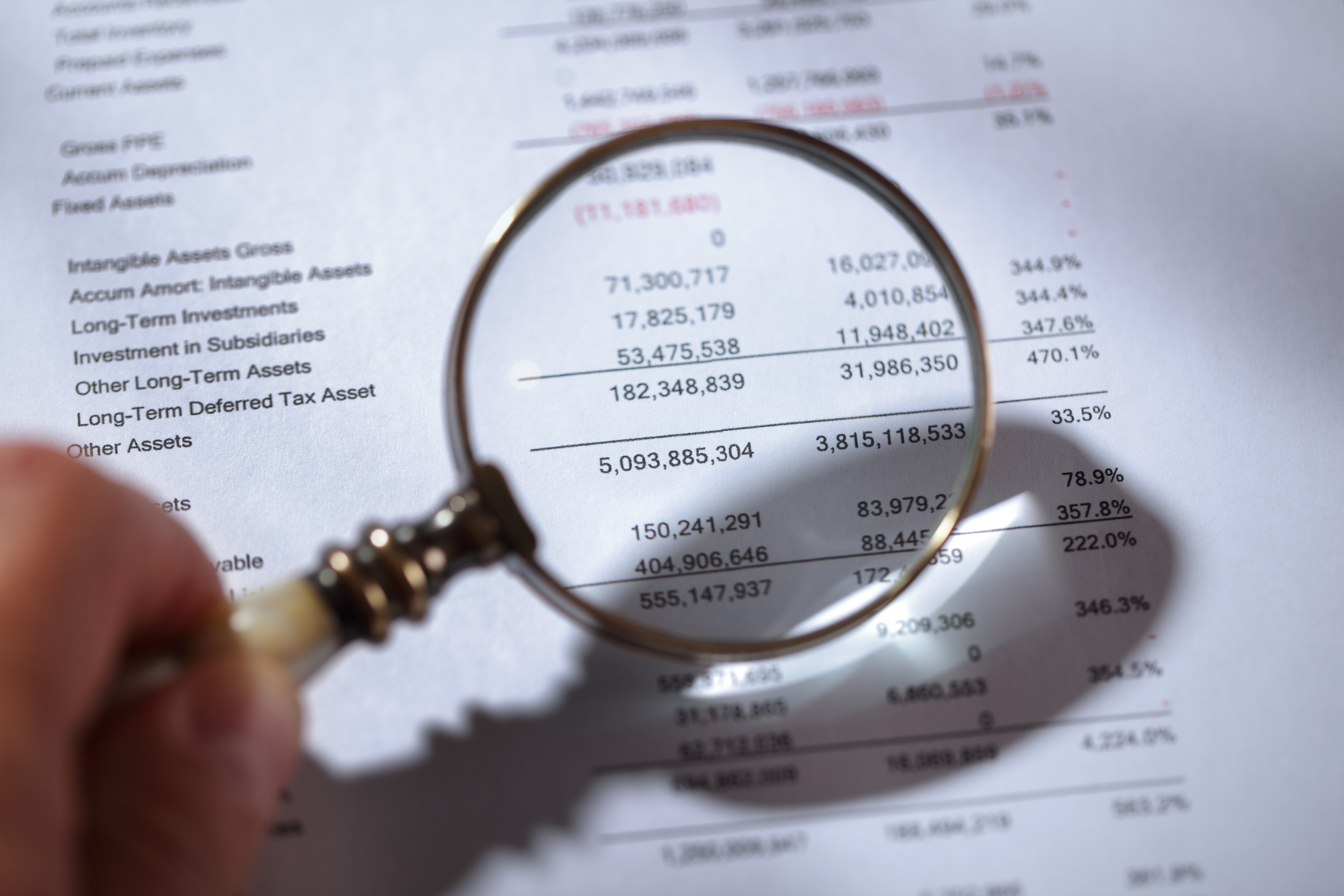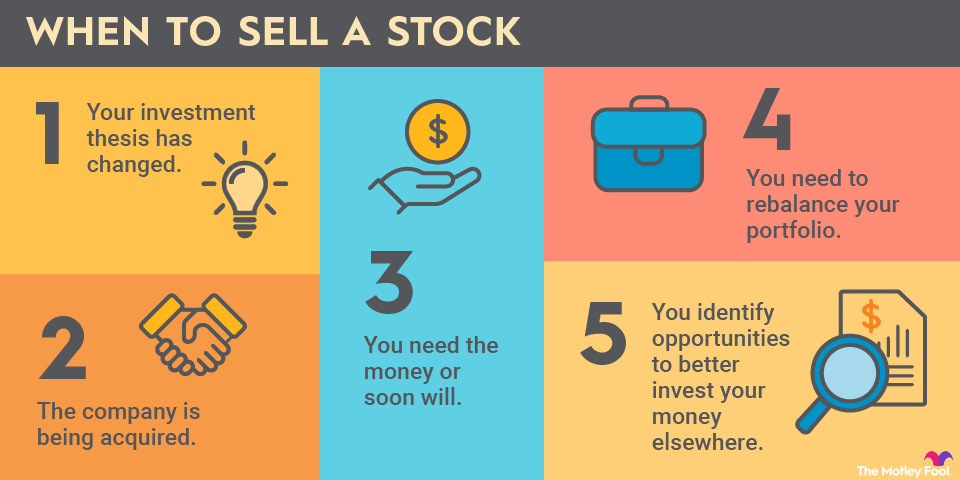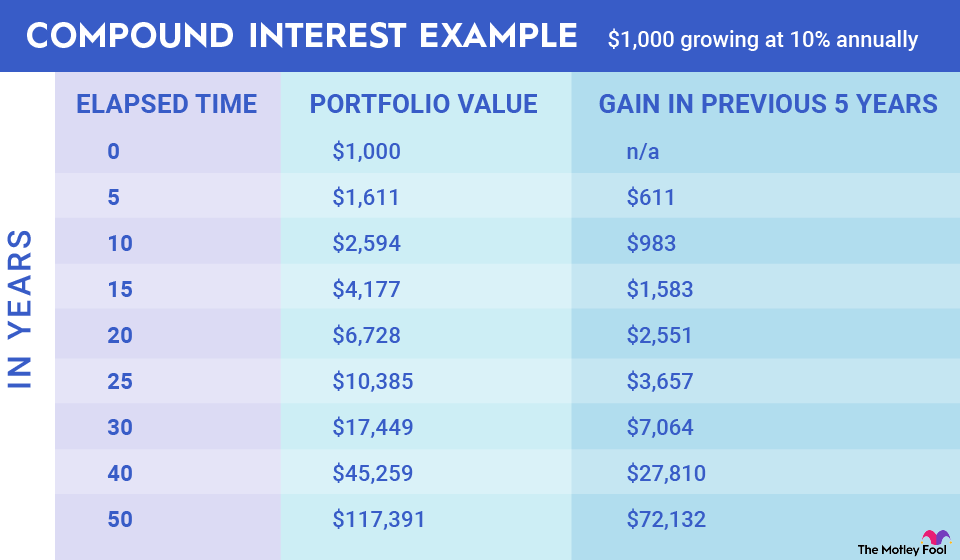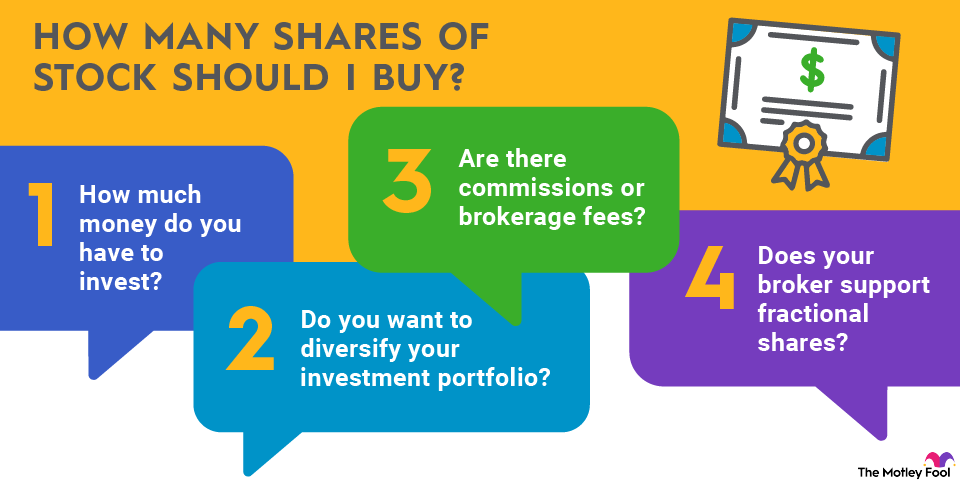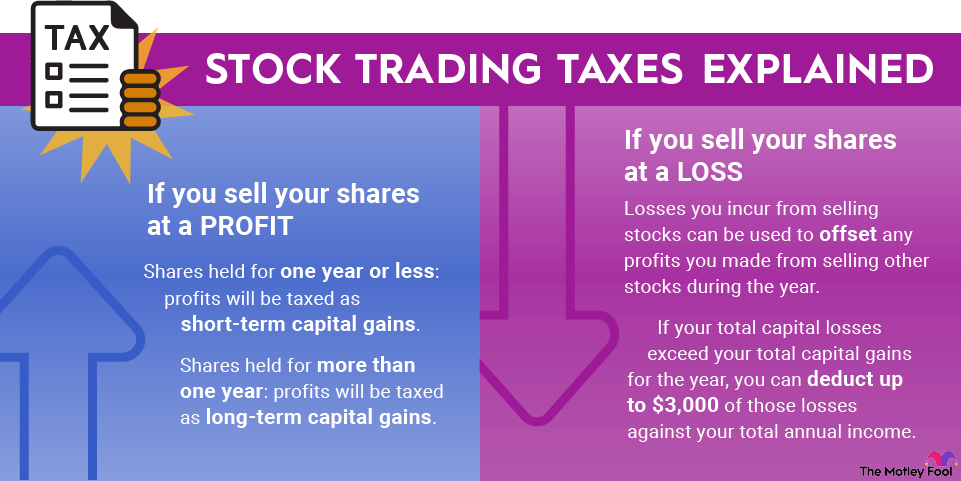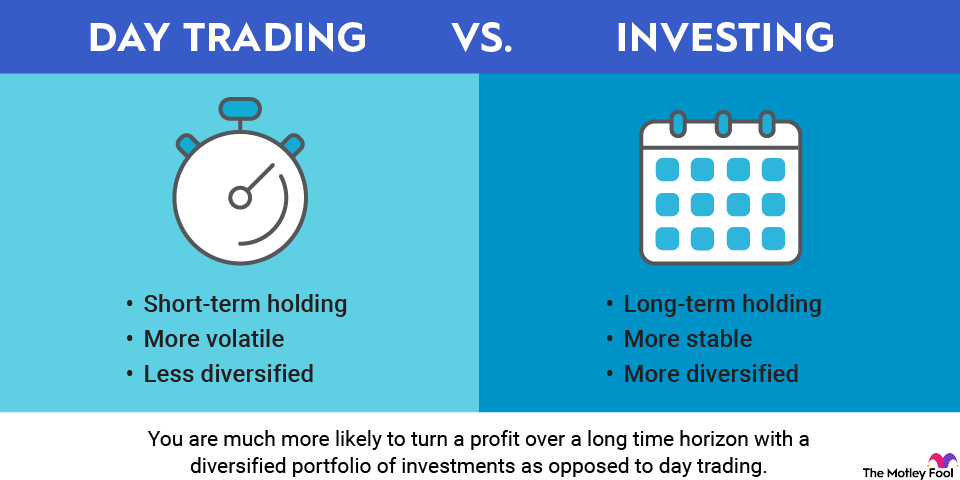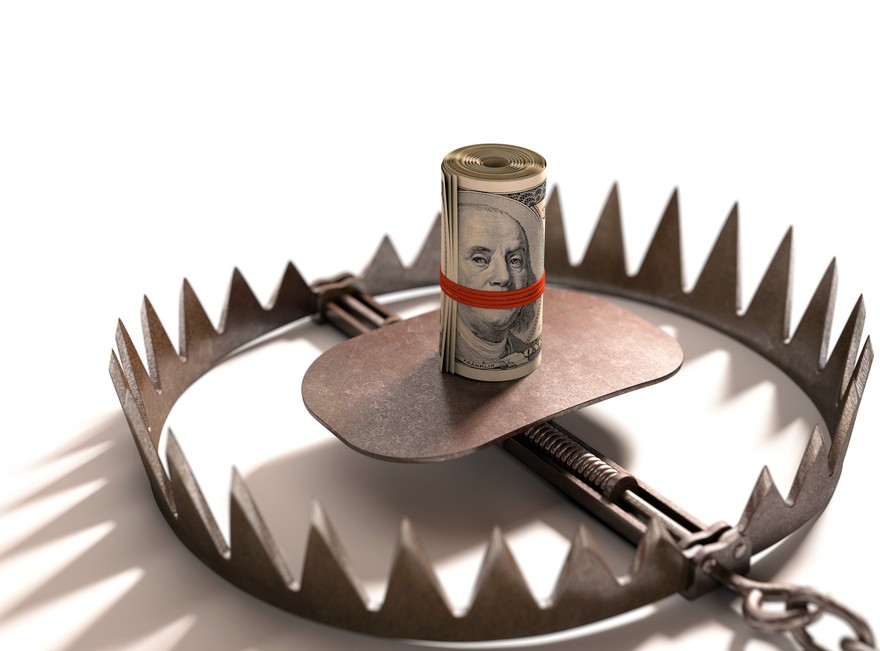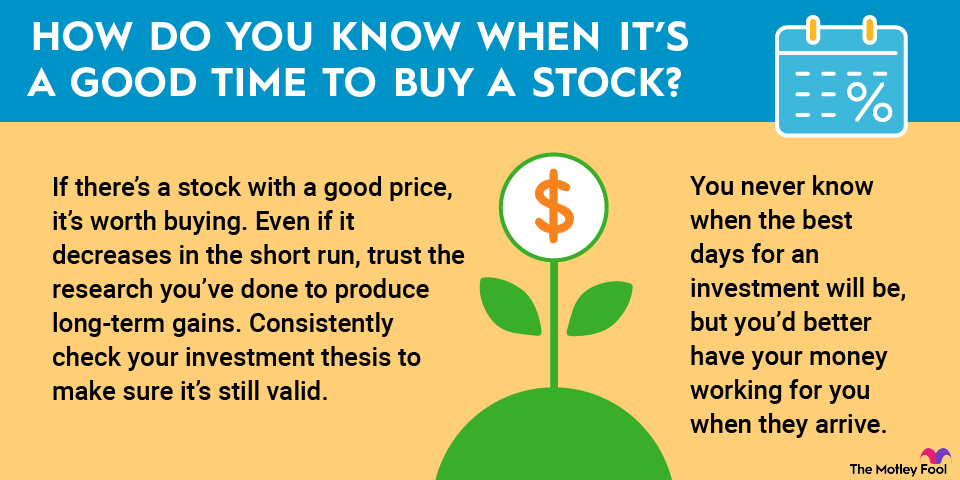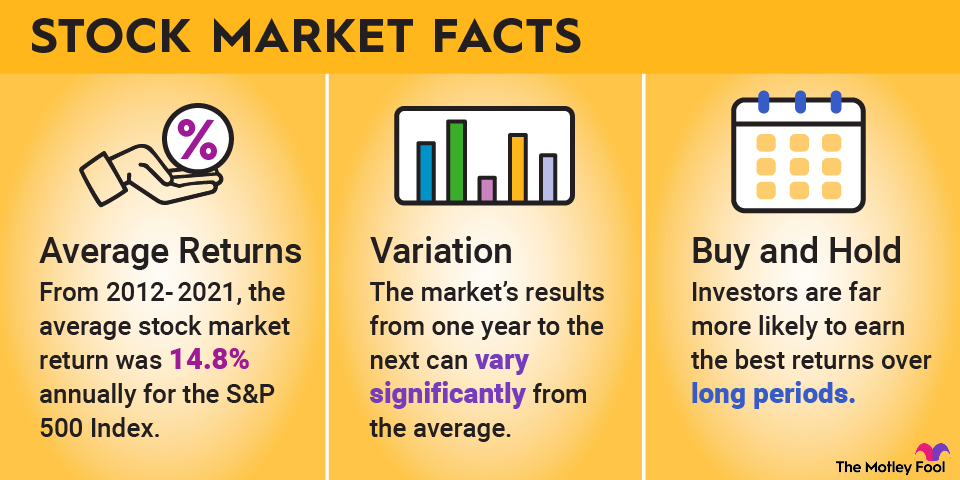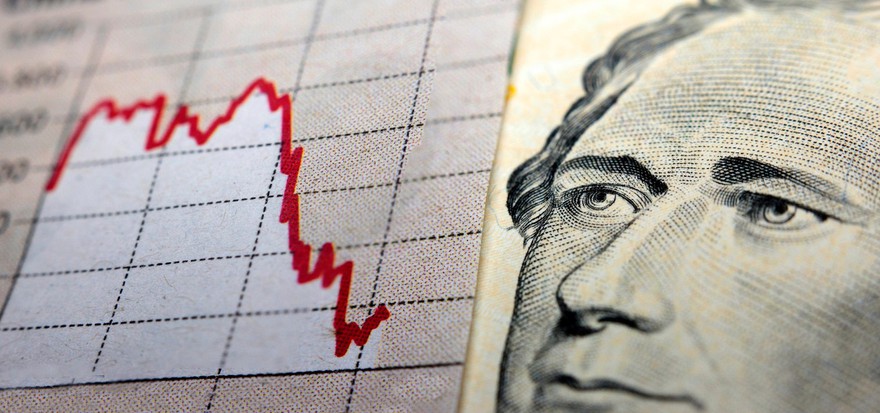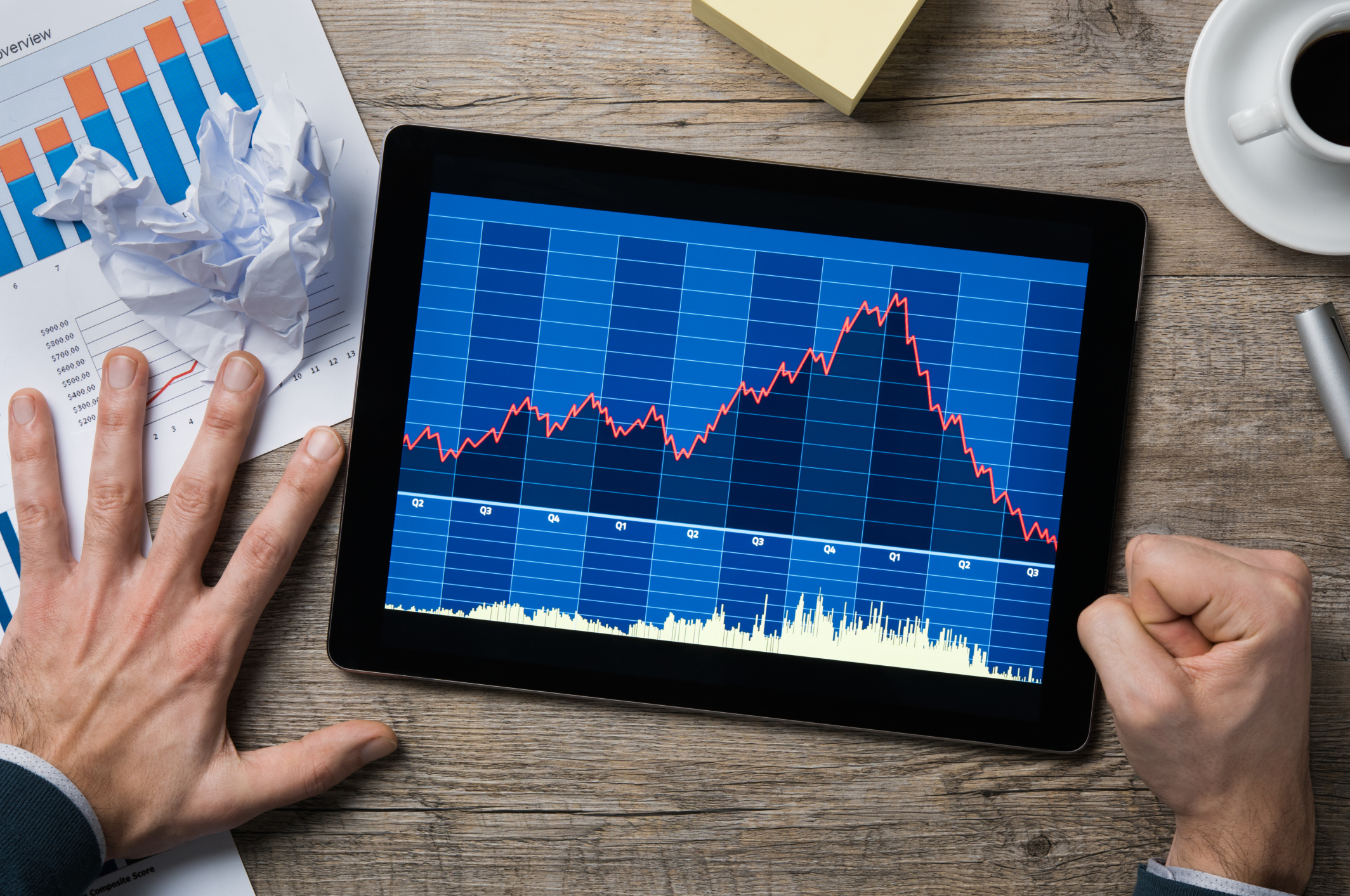Instacart (CART +1.38%) has exciting growth potential. The grocery technology company, which is operated by Maplebear, helps brick-and-mortar grocery stores enter the digital age by providing the technology backbone so customers can shop for groceries online and have them available for delivery or pickup.
Only 12% of grocery sales are made online. Instacart believes the number could more than double in the future, representing tremendous growth potential, given the U.S. grocery industry's $1.1 trillion size.
Instacart believes it can capture this opportunity by working closely with grocery stores and delivering excellent customer service, positioning it to deliver robust revenue and earnings growth.
Instacart's growth prospects might have you interested in buying its stock. Here's a step-by-step guide on how to add the food delivery stock to your cart and become a shareholder.
How to buy Instacart stock
People interested in buying Instacart stock must do a few things before becoming a shareholder. Here is a step-by-step guide to investing in the grocery technology company:
- Open your brokerage app: Log in to your brokerage account where you handle your investments. If you don't have one yet, take a look at our favorite brokers and trading platforms to find the right one for you.
- Search for Instacart: Enter the ticker "CART" into the search bar to bring up the stock's trading page.
- Decide how many shares to buy: Consider your investment goals and how much of your portfolio you want to allocate to this stock.
- Select order type: Choose between a market order to buy at the current price or a limit order to specify the maximum price you're willing to pay.
- Submit your order: Confirm the details and submit your buy order.
- Review your purchase: Check your portfolio to ensure your order was filled as expected and adjust your investment strategy accordingly.
Should you invest in Instacart?
Doing your research is vital to see whether a stock is right for you. This process could make you even more excited about buying shares in the company because it increases your confidence that they could be a big winner. However, you might also learn something in this process that changes your mind about buying shares.
Reasons to consider Instacart:
- You're a fan of Instacart and use its services regularly.
- You believe it can fend off the competition and be a leader in grocery delivery.
- You think the company can grow its sales and revenue rapidly as more customers buy groceries online.
- You believe Instacart's stock can outperform the S&P 500 over the next three to five years.
- Adding a technology company focused on the consumer staples industry would help diversify your portfolio.
- You think Instacart's valuation is attractive.
- You understand that shares of Instacart could be volatile and may lose money.
- You don't need dividend income right now.

NASDAQ: CART
Key Data Points
Reasons to be cautious:
- You prefer the services of rivals like DoorDash (DASH -0.17%) or Uber (UBER +0.21%).
- You're worried Instacart has too much competition, including retailers with their own online delivery platforms, like Walmart (NYSE:WMT), Target's (TGT +2.17%) Shipt, or Amazon's (AMZN +0.11%) AmazonFresh.
- You don't have a high conviction that Instacart can beat the S&P 500 over the next five years.
- You're not sure online grocery shopping will grow that much in the future.
- You already own a lot of technology and food stocks in your portfolio.
- You're thinking about retirement and seeking income-producing investments.
Is Instacart profitable?
Instacart is already a profitable company. The grocery technology platform reported generally accepted accounting principles (GAAP) net income of $457 million in 2024, a significant improvement from the $1.6 billion loss it posted in 2023. The company's profitability continued in early 2025 as it reported $106 million in net income in the first quarter, though that was down 24% from the year-ago period.
The company's revenue and non-GAAP profitability metrics are rising. Total revenue rose 9% in the first quarter of 2025 to $897 million. Meanwhile, its adjusted earnings before interest, taxes, depreciation, and amortization (EBITDA) jumped 24% to $244 million. It also reported rising operating cash flow (from $35 million in the first quarter of 2024 to $193 million in the same period of 2025).
The company is focusing on profits. Outgoing CEO Fidji Simo wrote in her first quarter letter to shareholders that those results show "we can aggressively reinvest in innovation while continuing to deliver strong profitability."
Hopefully, Instacart will remain focused on profitable growth, enabling the company to grow shareholder value over the long term.
Does Instacart pay a dividend?
Instacart doesn't currently make dividend payments and likely won't start anytime soon. The fast-growing company will likely retain most of its earnings to fund its expansion. However, Instacart has already completed two $1 billion share repurchase programs since going public and launched a new $500 million authorization in mid-2024.
How to invest in Instacart through ETFs
Many investors prefer the ease of passively investing in stocks as opposed to actively investing by directly buying shares of specific companies. Exchange-traded funds (ETFs) are one of the most common passive investments.
Exchange-Traded Fund (ETF)
As of mid-2025, 134 ETFs held about 31.4 million shares of Instacart. The biggest holder was the iShares Core S&P Mid-Cap ETF (IJH +0.15%), which held 5.2 million shares.
One of the funds with the biggest allocation to Instacart was the Renaissance IPO ETF (IPO +0.09%). It was the fund's fifth-largest holding at a 5.3% weighting. This ETF is a great option for investors seeking exposure to Instacart and other relatively recent IPOs.
Will Instacart stock split?
Instacart doesn't have an upcoming stock split scheduled. The company has only been publicly traded since late 2023. As of mid-2025, shares of the grocery delivery company were up about 45% from its IPO price to more than $40 per share, still an accessible level for most investors. Instacart stock would need to stage a significant surge before it would consider splitting its stock.
The bottom line
Instacart sees a tremendous opportunity in bringing the grocery industry online. It believes its tools could help shift more sales online, which would increase its revenue and profits. That makes its upside potential interesting for investors comfortable with the volatility of a relatively recent IPO.
Investors who add Instacart to their shopping lists could do very well over the coming years if the company can deliver on its promise and capture the massive opportunity of bringing grocery stores into the digital age.






